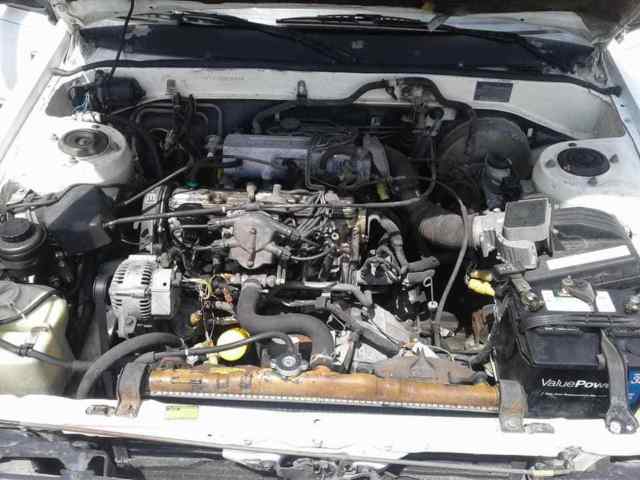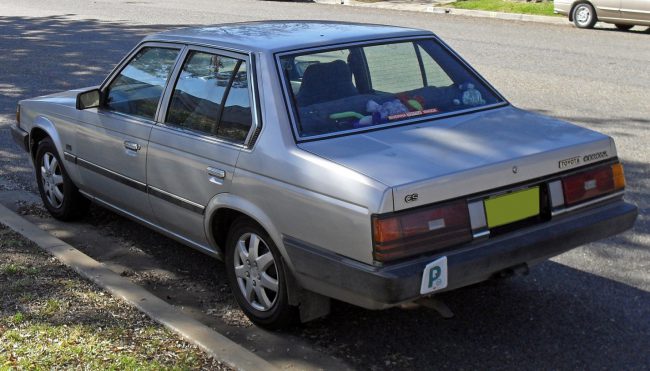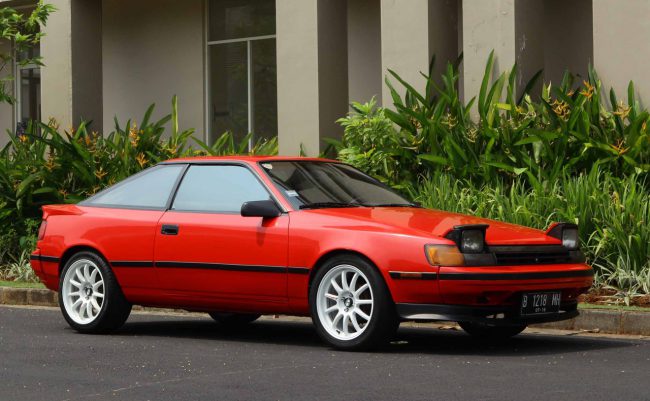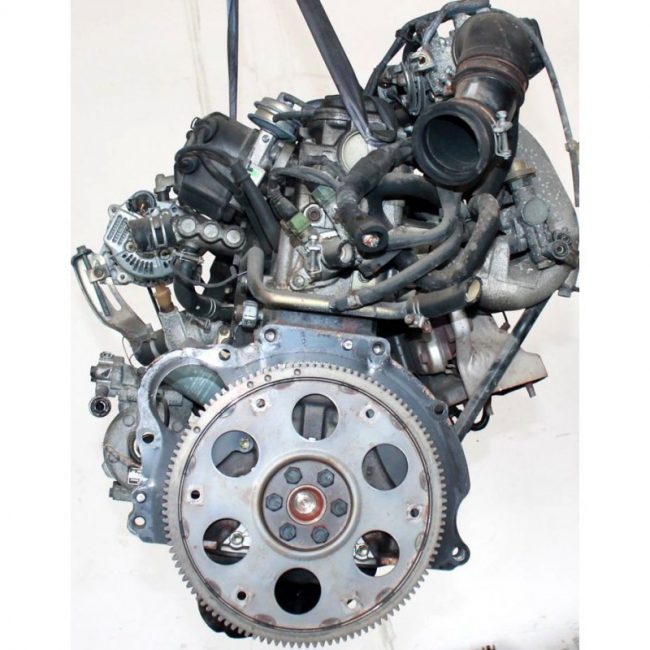
Toyota 2S, 2S-C, 2S-E, 2S-ELU, 2S-EL, 2S-E engines
Content
Toyota 1S series engines were popular in Japan and many other countries. But for the market of America, Canada, Australia, cars with more powerful engines were required. In this regard, in 1983, in parallel with the 1S engines, an engine with a higher output under the designation 2S began to be produced. Toyota Corporation engineers did not make fundamental changes to the design of the generally successful progenitor, limiting themselves to increasing the working volume.
Construction of the 2S engine
The unit was an in-line four-cylinder engine with a working volume of 1998 cm3. The increase was achieved by increasing the cylinder diameter to 84 mm. The piston stroke was left the same - 89,9 mm. The motor became less long-stroke, the piston stroke was brought closer to the cylinder diameter. This configuration allows the motor to reach higher RPMs and retain load capacity at medium RPMs.

The engine was installed longitudinally. The block head material is aluminum alloy. The block is made of cast iron. Each cylinder has two valves, which are driven by one camshaft. Hydraulic compensators are installed, which makes the motor less noisy and eliminates the need for periodic adjustment of valve clearances.
The power and ignition system used a traditional carburetor and distributor. The timing drive is carried out by a belt drive. In addition to the camshaft, the belt drove the pump and oil pump, which is why it turned out to be very long.
The internal combustion engine produced 99 horsepower at 5200 rpm. The low power for a two-liter engine is due to the low compression ratio - 8,7: 1. This is partly due to the recesses in the bottoms of the pistons, which prevent the valves from meeting with the pistons when the belt breaks. The torque was 157 N.m at 3200 rpm.
In the same 1983, the 2S-C unit equipped with an exhaust gas catalytic converter appeared in the unit. ICE fit into the California toxicity standards. The release was established in Australia, where the Toyota Corona ST141 was delivered. The parameters of this motor were the same as those of the 2S.

The next modification was the 2S-E motor. The carburetor has been replaced by Bosch L-Jetronic distributed electronic injection. The unit was installed on Camry and Celica ST161. The use of an injector made it possible to make the engine more elastic and more economical than a carburetor, the power increased to 107 hp.

The last engine in the series was the 2S-ELU. The motor was installed transversely on the Toyota Camry V10 and fit into the toxicity standards adopted in Japan. This power unit produced 120 hp at 5400 rpm, which was a worthy indicator for that time. The production of the motor lasted 2 years, from 1984 to 1986. Then came the 3S series.

Advantages and disadvantages of the 2S series
The motors of this series inherited the positive and negative sides of their predecessor, 1S. Among the advantages, they note a good resource (up to 350 thousand km), maintainability, balance and smooth operation, including thanks to hydraulic lifters.
The disadvantages are:
- an excessively long and loaded belt, which leads to frequent breakage or displacement of the belt relative to the marks;
- difficult to maintain carburetor.
The motors had other shortcomings, for example, a long oil receiver. As a result, short-term oil starvation of the engine during cold starts.
Technical specifications
The table shows some technical characteristics of the 2S series motors.
| Engine | 2S | 2S-E | 2S-LIFE |
|---|---|---|---|
| Number of cylinders | R4 | R4 | R4 |
| Valves per cylinder | 2 | 2 | 2 |
| Block material | cast iron | cast iron | cast iron |
| Cylinder head material | aluminum | aluminum | aluminum |
| Working volume, cm³ | 1998 | 1998 | 1998 |
| Compression ratio | 8.7:1 | 8.7:1 | 8,7:1 |
| Power, h.p. at rpm | 99/5200 | 107/5200 | 120/5400 |
| Torque N.m at rpm | 157/3200 | 157/3200 | 173/4000 |
| Oil | 5W-30 | 5W-30 | 5W-30 |
| Turbine availability | no | no | no |
| Supply system | carburetor | distributed injection | distributed injection |

